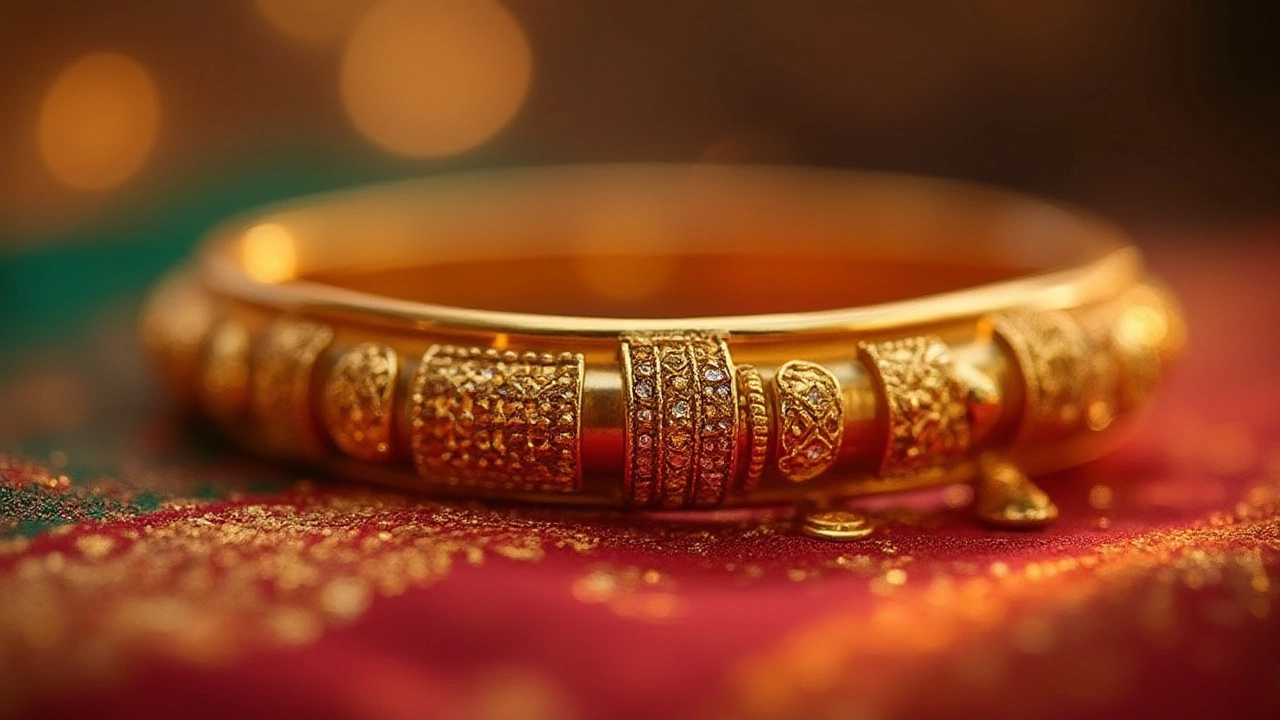
Curious about the 750 stamp on your gold jewelry? Learn what 750 means, its true gold content, value tips, and how it stacks up to other gold markings.
When you see a tiny stamped symbol on a piece of jewelry, you’re looking at a jewelry hallmark, a government‑issued mark that verifies metal purity, origin, and compliance with standards. Also known as hallmarking, it tells you whether that gold ring truly contains the karat you’re paying for and if a diamond meets certified quality. In India, hallmarks are backed by the Bureau of Indian Standards, making them a trusted way to spot genuine pieces.
Understanding hallmarks starts with gold purity, the percentage of pure gold in an alloy, expressed in karats or parts per thousand. A 22K gold necklace should show a 916 mark (meaning 91.6% pure gold); a 24K piece will carry a 999 stamp. This simple code lets you compare prices, avoid cheap imitations, and ensure you’re getting value for money. Gold hallmarking also involves an assay test—an official lab checks the metal composition before the stamp is applied. Without this step, sellers could mislead buyers by inflating karat claims.
For diamonds, the parallel concept is diamond certification, an independent grading report that details carat weight, color, clarity, and cut. In India, the Gemological Institute of India (GII) and the International Gemological Institute (IGI) issue these certificates, which are often attached to a laser‑etched serial number on the stone. When you see a certified diamond, you know the reported quality has been verified by a recognized authority, just like a gold hallmark guarantees metal purity.
Hallmarks also intersect with jewelry authenticity, the overall trustworthiness of a piece, covering metal purity, gemstone certification and legal compliance. Authenticity matters not just for collectors but for anyone buying everyday wear—whether you’re picking a wedding mangalsutra, a set of glass bangles, or a pair of emerald earrings. A hallmarked mangalsutra, for example, assures you that the gold will hold its value and that the design meets cultural standards for durability.
These connections form a clear chain: jewelry hallmarks encompass gold purity and diamond certification; gold purity requires assay testing; diamond certification involves grading labs; together they guarantee jewelry authenticity. That chain helps shoppers navigate price differences, such as whether gold is cheaper in the USA or India, or how to spot real silver versus plated pieces.
Below you’ll find a curated list of articles that dive deeper into each aspect— from comparing Indian dress shopping apps that feature hallmark‑checked accessories, to understanding the cultural significance of the mangalsutra and its gold purity, to real‑world tips on buying diamonds at the best price. Whether you’re a first‑time buyer or a seasoned collector, these posts give you practical guidance to make informed choices about every hallmark you encounter.

Curious about the 750 stamp on your gold jewelry? Learn what 750 means, its true gold content, value tips, and how it stacks up to other gold markings.